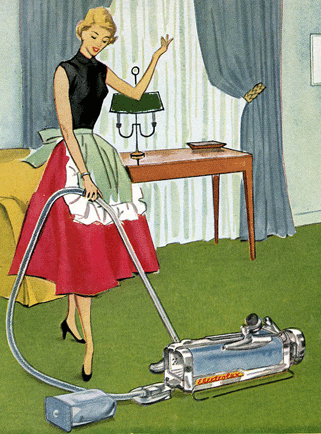|
Thread Number: 15
Cloth Hose Conundrum |
[Down to Last] |  |
Post# 79 , Reply# 1 8/26/2006 at 19:48 (6,452 days old) by dial-a-nap  (Omaha - the home of the TV Dinner) (Omaha - the home of the TV Dinner) |
||

Have you seen the rubber/neoprene hose that is collapsible at the hardware stores? It comes in varying diameters and could possibly be used as a liner to the original vac hose. It's strong, flexible and probably very durable. The challenges would be sealing the ends of the liner to the original couplings/hose-ends although your liquid latex or a silicone sealer, even pliobond would probably work for that. The other issue would be that it would need to be stretched tight inside the hose so the suction wouldn't pull it in on itself and cut off the hose. Perhaps a dose of adhesive, inflating the new hose inside the vac hose and then trim and seal the ends? Just trying to think 'outside the hose'... | ||
| Post# 125 , Reply# 4 8/27/2006 at 11:49 (6,451 days old) by eluxomarty (Palm Springs) | ||
|
the BLOB I forgot about the Blob! Nevermind. | ||
| Post# 131 , Reply# 5 8/27/2006 at 20:35 (6,451 days old) by compactc9 () | ||
|
I just got another idea. What if after pouring the latec thru th hose, you put it on the exaust of another vacuum to force the extra latex out? Or evern clew the latex into the hose somehow? | ||
| Post# 183 , Reply# 6 8/28/2006 at 01:55 (6,451 days old) by swingette () | ||
|
good idea using the blower, reggie. | ||

 Comes to the Rescue!
Comes to the Rescue!